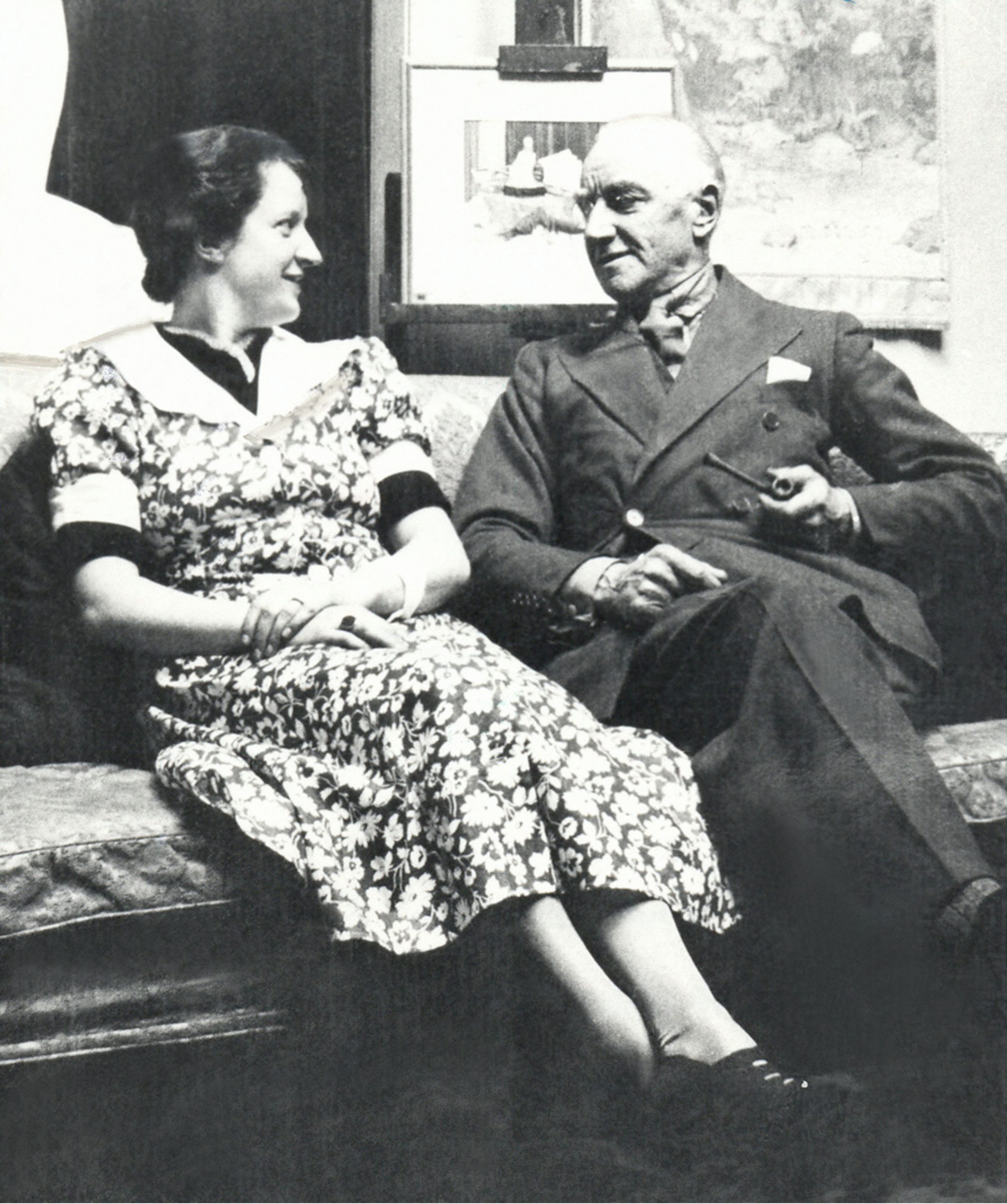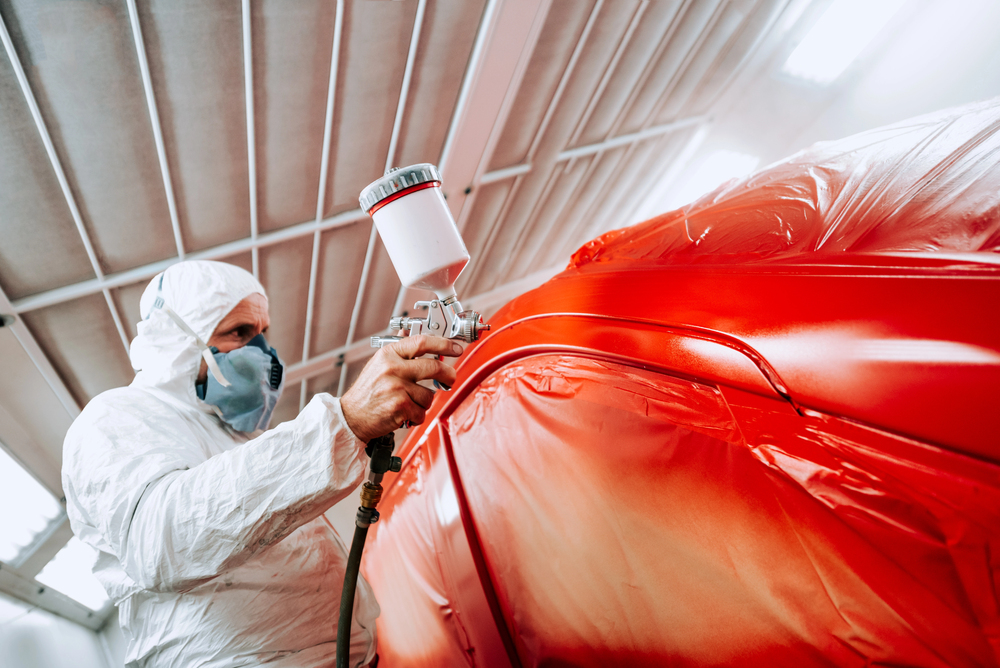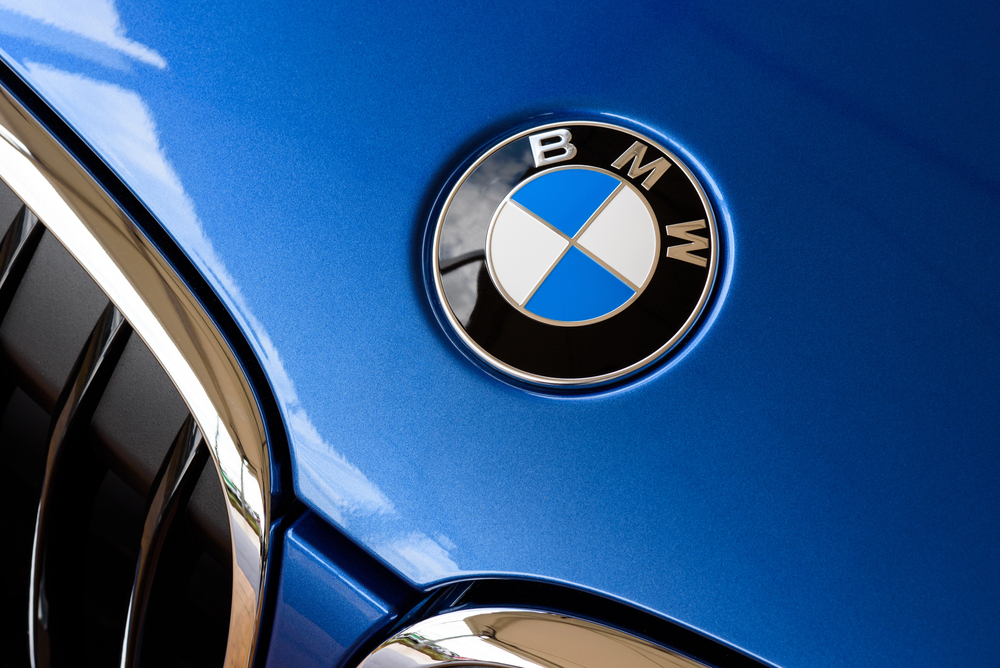How the U.S. Government Aims to Fix Gas Cans
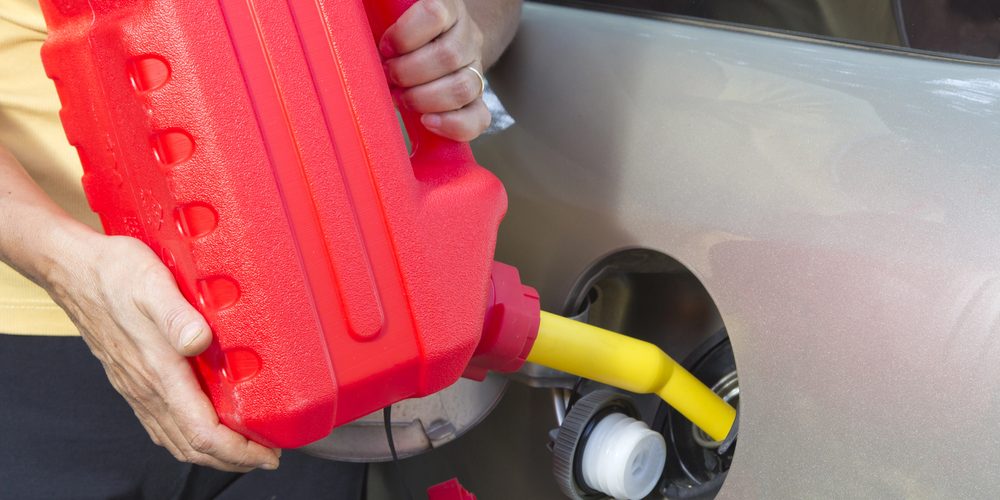
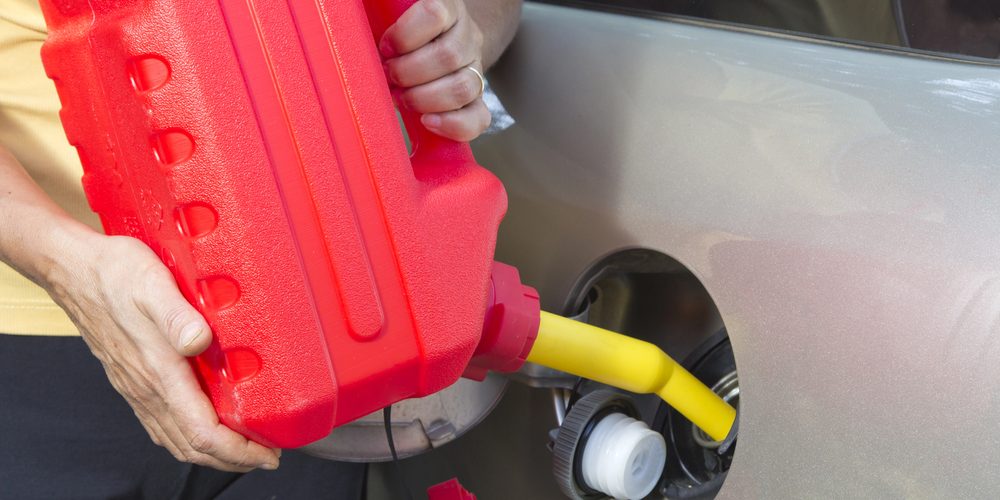
- The EPA is calling on manufacturers to fix gas cans that “people hate” due to poor spout design.
- Regulations from 2009 aimed to cut vapor emissions but often lead to spills and user complaints.
- Resellers profit from demand for older, more functional “pre-ban” gas cans.
The White House is pushing for more consumer-friendly gas cans after years of complaints that current models are hard to use and prone to spilling. In a letter issued July 24, the Environmental Protection Agency urged manufacturers to redesign their products, citing widespread frustration with the venting systems.
“People hate ’em,” said Steven Watt, a Florida-based eBay reseller who specialises in pre-2009 gas cans. “It’s all about the spout.”
The problem stems from regulations introduced in 2009 requiring gas cans to limit vapor emissions. While the rules were meant to reduce air pollution by keeping gasoline fumes from escaping, many modern can designs struggle to fill tanks efficiently, leading to spills — which some argue are worse than the emissions they were meant to prevent.
Additional rules ensure that cans are child-resistant and minimise the risk of fire, which the EPA confirmed will remain in place. However, the agency now says manufacturers must find a way to make the cans work properly while still complying with safety standards.
“Part of powering the great American comeback means ensuring manufacturers have the clarity and encouragement to deliver products Americans want,” EPA Administrator Lee Zeldin said in a statement. “The confusion surrounding gas cans has been a frustration for years. We are proud to address this issue head on. Moving forward, Americans should have gas cans that are compliant, but most importantly, that are effective and consumer friendly.”
The move echoes past efforts by Donald Trump, who sought to roll back low-flow regulations on showerheads and toilets, criticising them as anti-consumer.
Regulators originally targeted gas cans after research showed the 80 million in circulation were a significant source of emissions. Tests revealed an old-style can could emit up to 60 times more vapor than a car’s fuel tank when both were left open.
But the new rules drove consumers to seek out alternatives. Watt, for example, now sells used “pre-ban” gas cans sourced from flea markets and recycling centers. He recently sold three of them to a Michigan buyer for $300, although most of the cost was shipping.
“I sell a lot of stuff that’s a mystery to me. I mean, it’s not a collectible,” he said. “But I know that people who buy used ones like them.”
With hurricane season approaching, Watt plans to pick up 50 more used cans from a local recycling centre to meet demand. Meanwhile, the EPA is hoping its call for change will finally give Americans the gas cans they’ve been asking for.
If you enjoyed this article, be sure to follow us on Microsoft Start.


